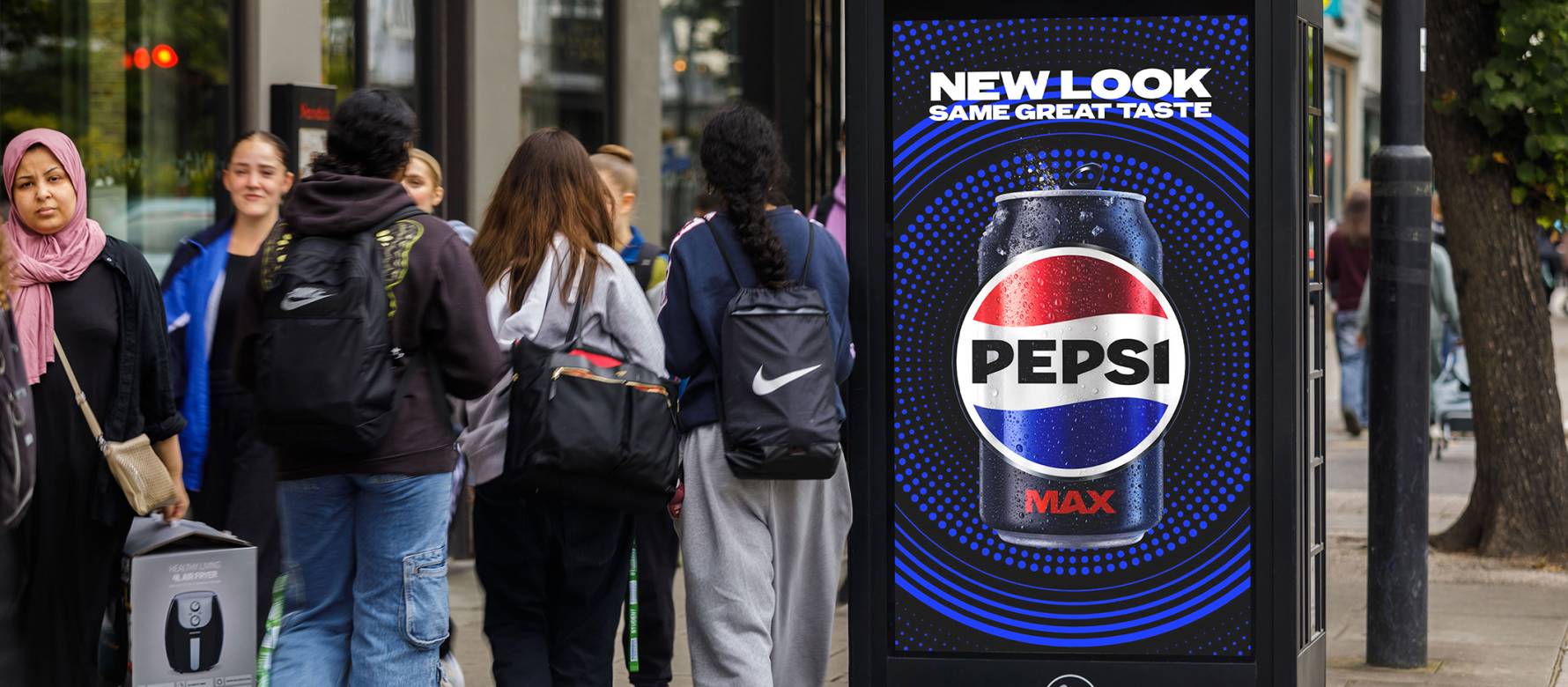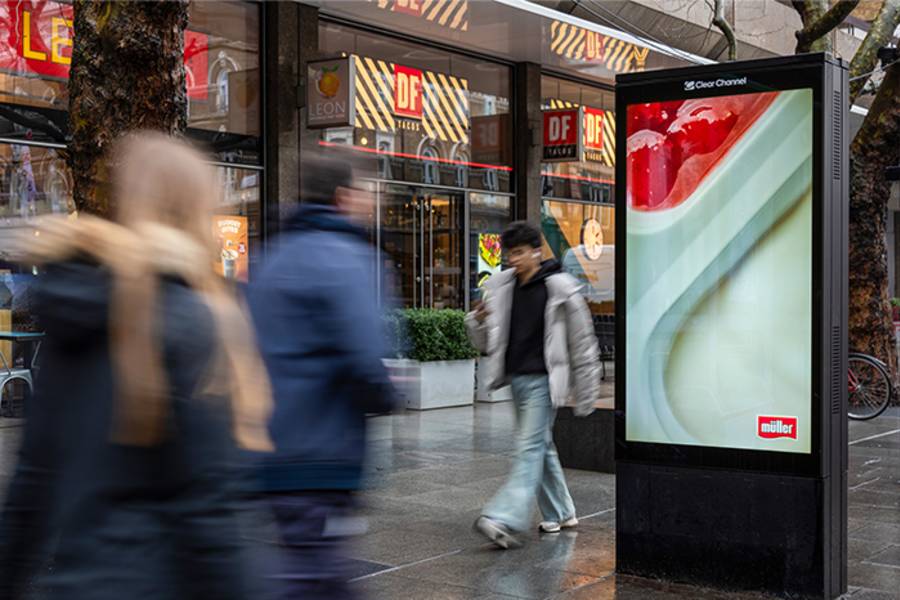
Out of Home has long been a crucial channel for FMCG brands, due to its strengths in combining broadcast reach with tactical placements in key retail hotspots. But with fresh challenges around TV fragmentation, upcoming HFSS restrictions and price inflation, the last 18 months has seen the category lean into Out of Home for brand building more than ever.
������Colin Horan Strategic Partner, FMCG
Creativity has also been a major driving force. Advertisers are capitalising on the advantages of combining impactful real-world experiences with the incremental reach and PR offered through social, so it’s no wonder we’re seeing a resurgence in the popularity of special builds, which regularly fill our LinkedIn feeds. The potential to create impactful executions that help elevate a brand has never been greater.
However, it’s often easy to concentrate too much of our creative attention on the ‘special build’, potentially overlooking the fundamental elements that drive effectiveness in Out of Home. In almost all circumstances, campaigns are built around the poster. It’s the poster that enables brands to reach up to 97% of the UK population, and to connect with those all-important light-category buyers. And with the proliferation of Digital OOH, brands can now optimise posters in a plethora of exciting ways, from reaching consumers in the right moments and mindset, to creating standout with 3D experiences, or using dynamic data triggers to nudge consumers into store. So, by maximising the potential of posters and delivering creativity at scale, marketers can significantly enhance the effectiveness of their Out of Home campaigns.
But it doesn’t always play out this way. To quote an “OOH creative is becoming less memorable, and that lack of creative memorability plays out in a diminished longer-term effect of OOH ads”. The rise of digital performance media has seen brands replicating similar sales-driving copy over brand-building executions. To create the best possible work, it's important marketers understand the nuances of how Out of Home is consumed. As a high-frequency low-attention channel, the use of well-established, distinctive brand assets (product, logo, colours, etc) is key, making it easier to process and build memory structures. A recent proved the benefits of this approach, increasing attention metrics and doubling brand recall.

Ultimately, we’re in the business of driving mental availability, but as Byron Sharp taught us, this doesn’t just mean awareness; it means increasing the likelihood of our brand being top-of-mind when it comes to those all-important buying situations. So, whilst we’re right to assume that Out of Home can build awareness, the most successful brands are taking it a step further to ensure this translates into mental availability.
One way is by leaning into the unique real-world context of Out of Home, which provides advertisers with a powerful opportunity to connect with category entry points (CEPs). There are generally three types of moments when CEPs come alive. When we buy, when we do, and when we think, and as these ‘category moments’ often happen when we’re out of home, it can create an ideal context for brands to tap into. A placement outside an office at 5 pm on a sunny Thursday evening is a powerful way to deliver a message for a beer brand that wants to drive association with ‘a refreshing pint to enjoy on a sunny day’.
Get the white paper sent to your inbox
In our latest white paper, we explore these concepts in more detail and showcase how FMCG brands are utilising the creative potential of Out of Home to build mental availability and drive overall campaign effectiveness. Fill in the form to get your copy.
SHARE POST
PRESS ENQUIRIES



